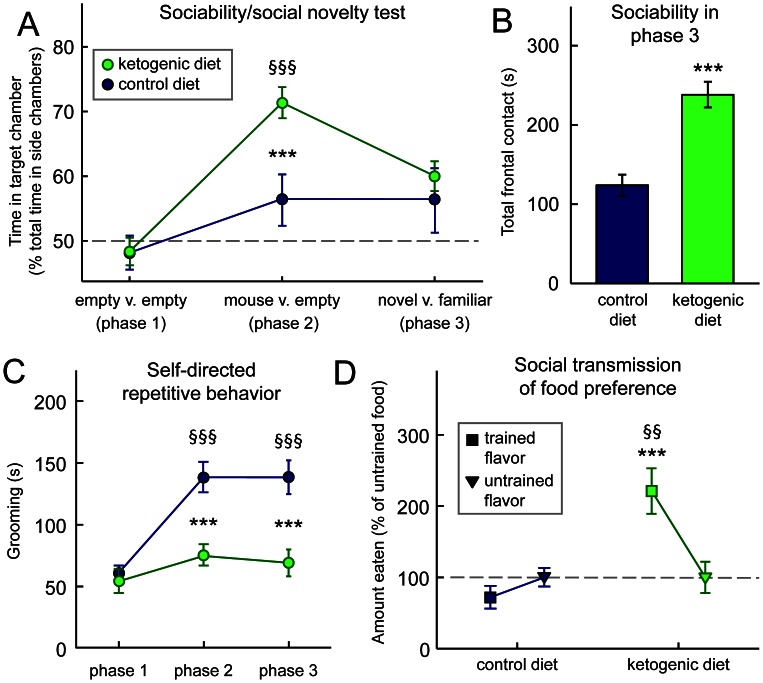Figure 1. A KD reduces symptoms of autism in BTBR mice.
(A) KD increases social interactions in the three-chamber test of sociability. During phase 2, CD-fed mice did not spend significantly more time with a mouse-containing versus an empty chamber (middle). However, KD-fed mice preferred spending time in the chamber with a mouse (middle). During phase 3, diet did not affect preference for social novelty (right). Diet F(1,112) = 8.9, p<0.01; Social situation F(2,112) = 12.5, p<0.001; Diet-by-Social situation interaction F(2,112) = 3.2, p<0.05; n = 28–30. (B) KD feeding increases sociability as assessed in phase 3 of (A). Although there was no diet-related preference for social novelty, there was a significant diet-related difference in total time spent in frontal contact with the small wire cages, both of which contained mice. KD-fed mice spent significantly more time in frontal contact. n = 28–30. (C) KD feeding had no effect during phase 1, but resulted in significantly less self-directed repetitive behavior in phases 2 and 3 as assessed by time spent grooming. Diet F(1,111) = 22.1, p<0.001; Phase F(2,111) = 17.1, p<0.001; Diet-by-Phase interaction F(2,111) = 6.8, p<0.01; n = 28–30. (D) KD feeding improves communication as assessed by the transmission of a food preference through social interaction; KD-fed mice ate significantly more of the trained flavor. Diet F(1,33) = 42.5, p<0.001; Flavor F(1,33) = 2.6, n.s.; Diet-by-Flavor interaction F(1,33) = 6.8, p<0.05; n = 17–18. ***p<0.001, CD v. KD; §§p<0.01, §§§p<0.001 v. baseline (phase 1).

